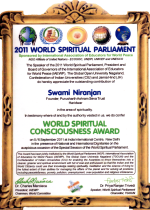Haridwar

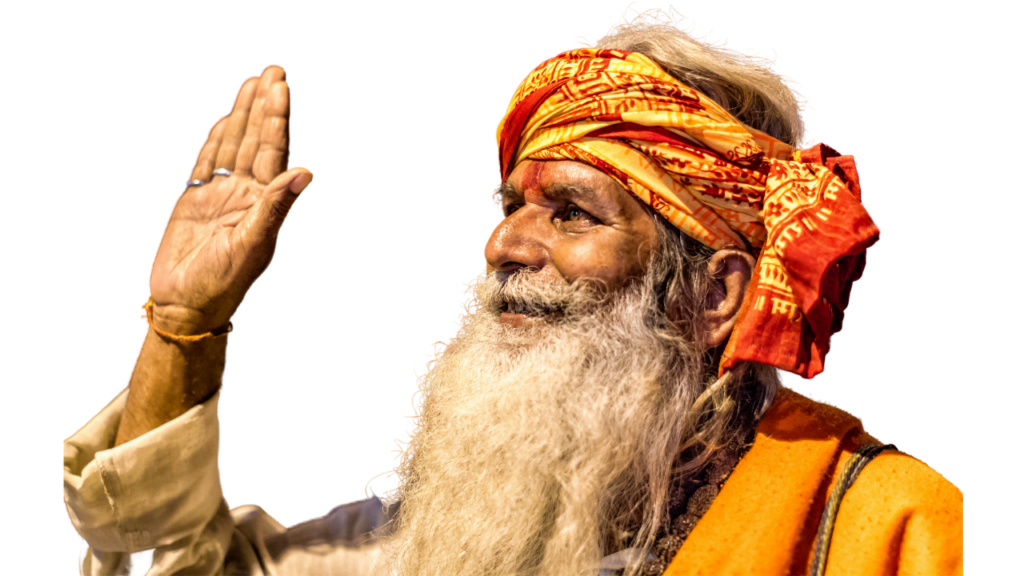

Cities

Years

Akharas

Million Devotees

The Kumbh Mela finds its roots in Hindu mythology, tracing back to the churning of the cosmic ocean, known as “Samudra Manthan.” According to legend, during this celestial struggle between gods (Devas) and demons (Asuras) for the nectar of immortality (Amrita) in Kumbha (Pot) while Lord Vishnu was carrying it, drops of this precious nectar fell at four specific locations on Earth – Nashik, Ujjain, Prayagraj (formerly Allahabad) and Haridwar. These sacred spots became the focal points for the Kumbh Mela, where millions of pilgrims gather every 12 years to cleanse themselves, achieve salvation and moksha(liberation from the cycle of life, birth & rebirth) by partaking in this ancient tradition.
The Purna Kumbh Mela happens every 12 years. It takes place in four sacred locations in India: Prayagraj (Allahabad), Haridwar, Nashik, and Ujjain. This event rotates among these four places every 12 years. It is also called also called Simhasth or Sinhasth. The name comes from the fact that it happens when Jupiter is in the Leo sign (called Simha in Hindu astrology).
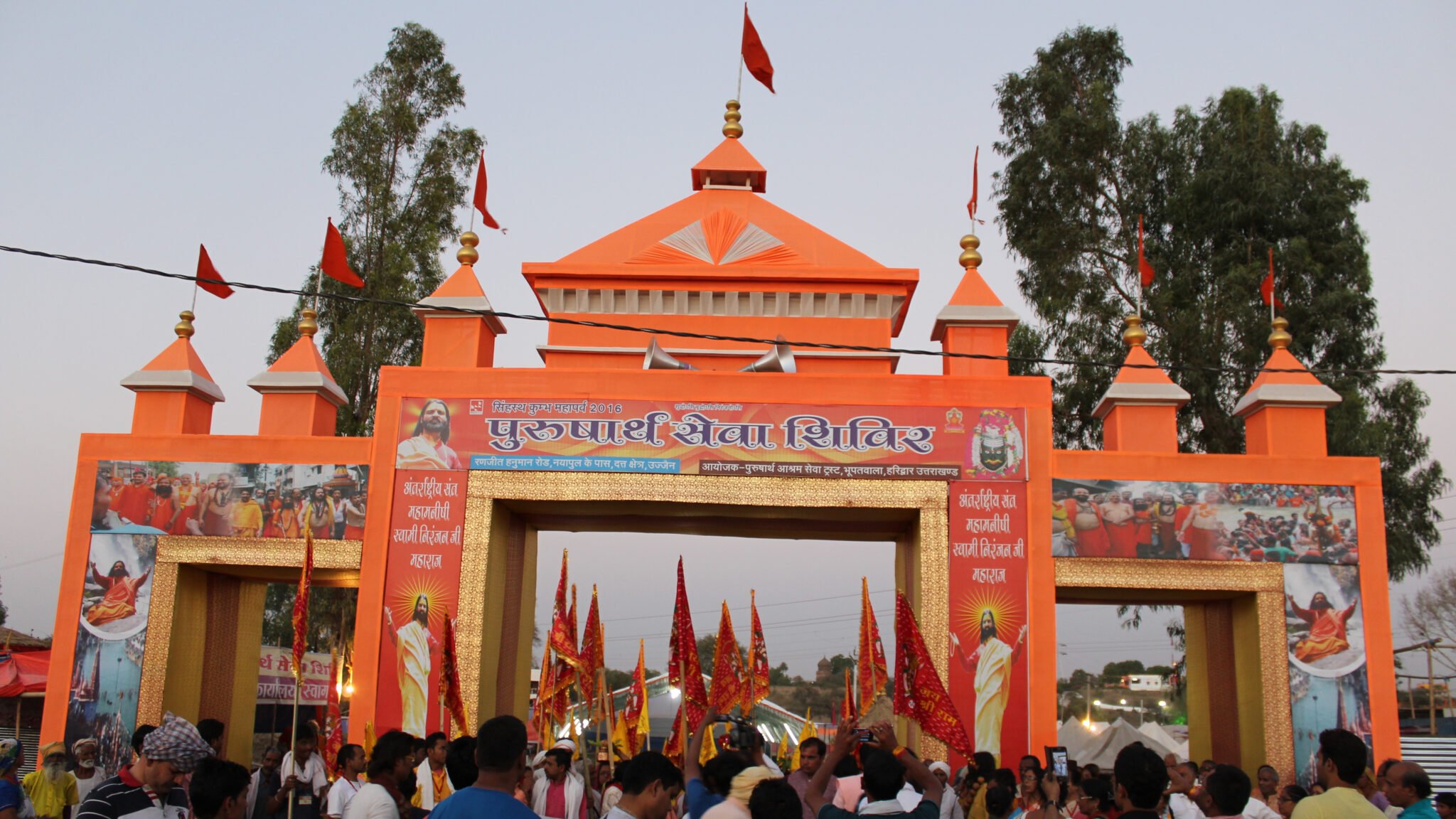

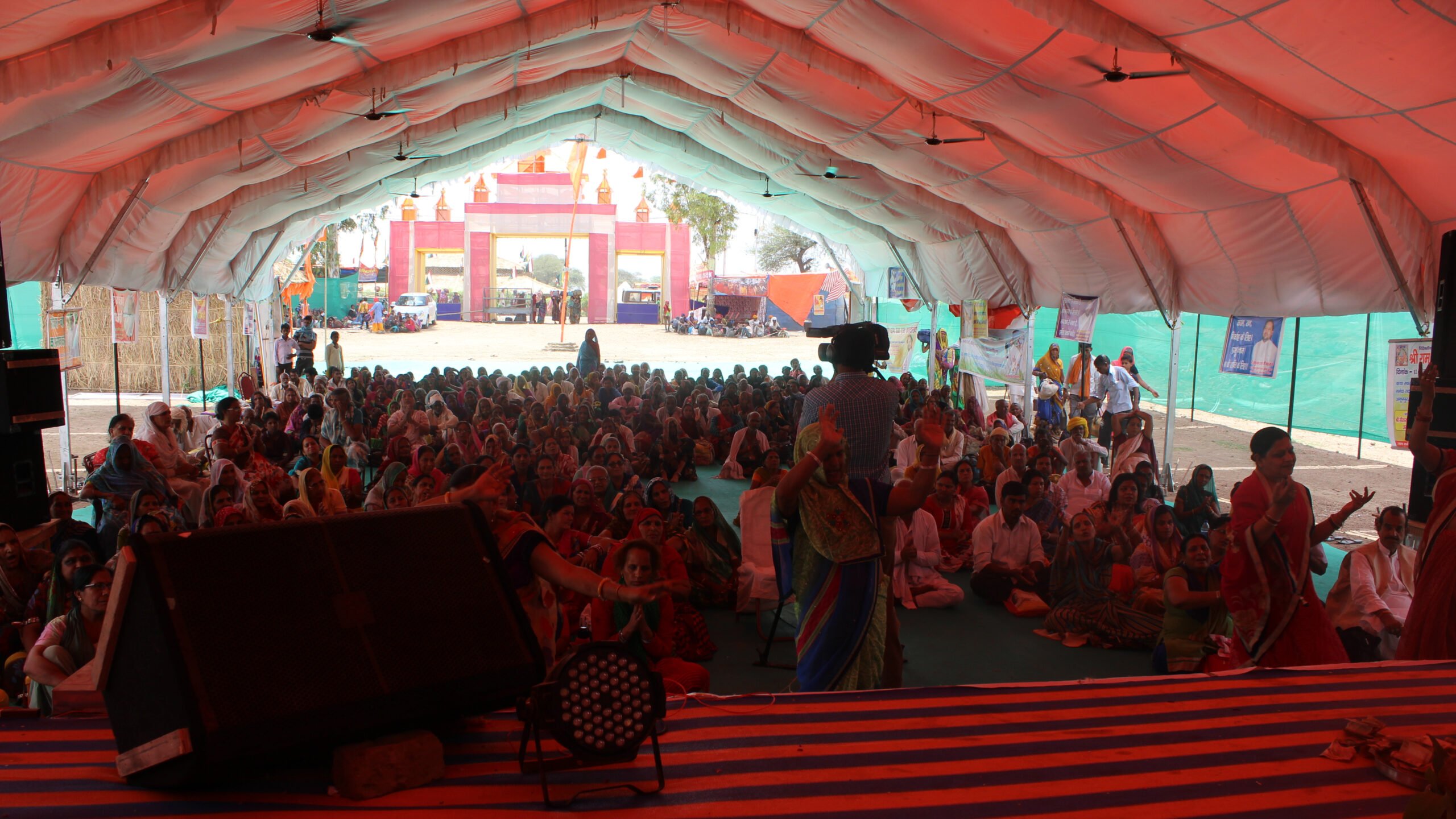
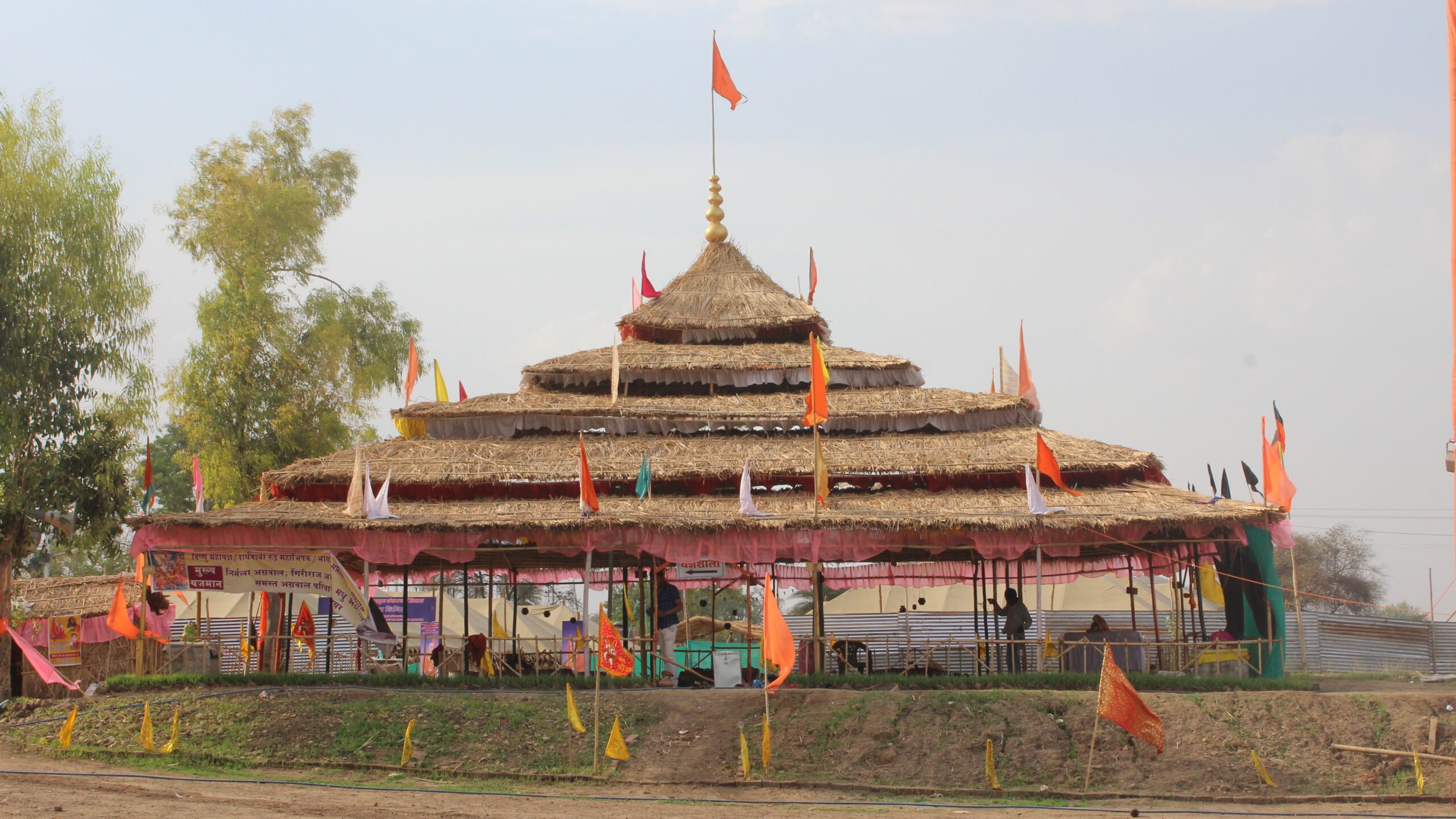
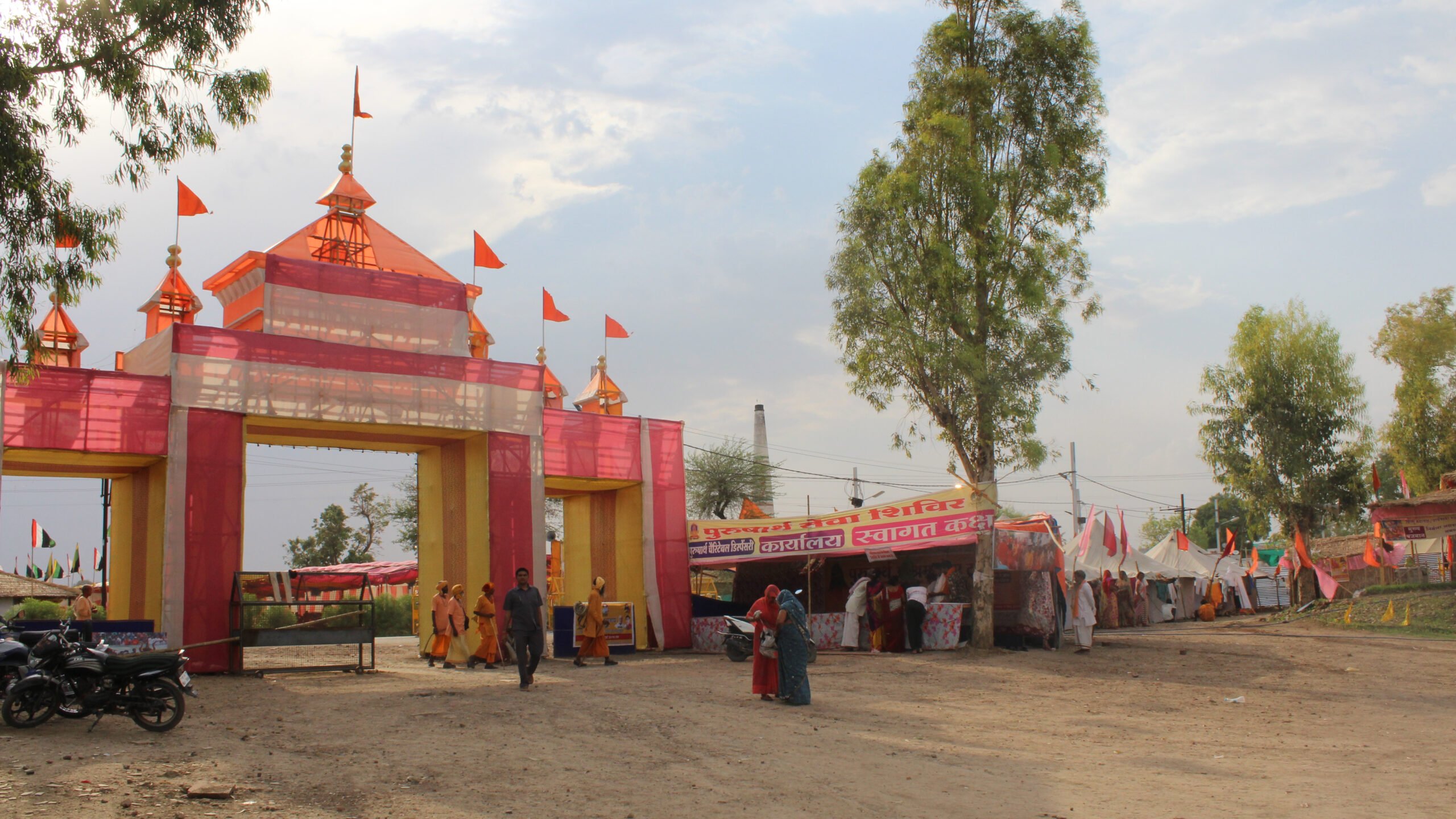
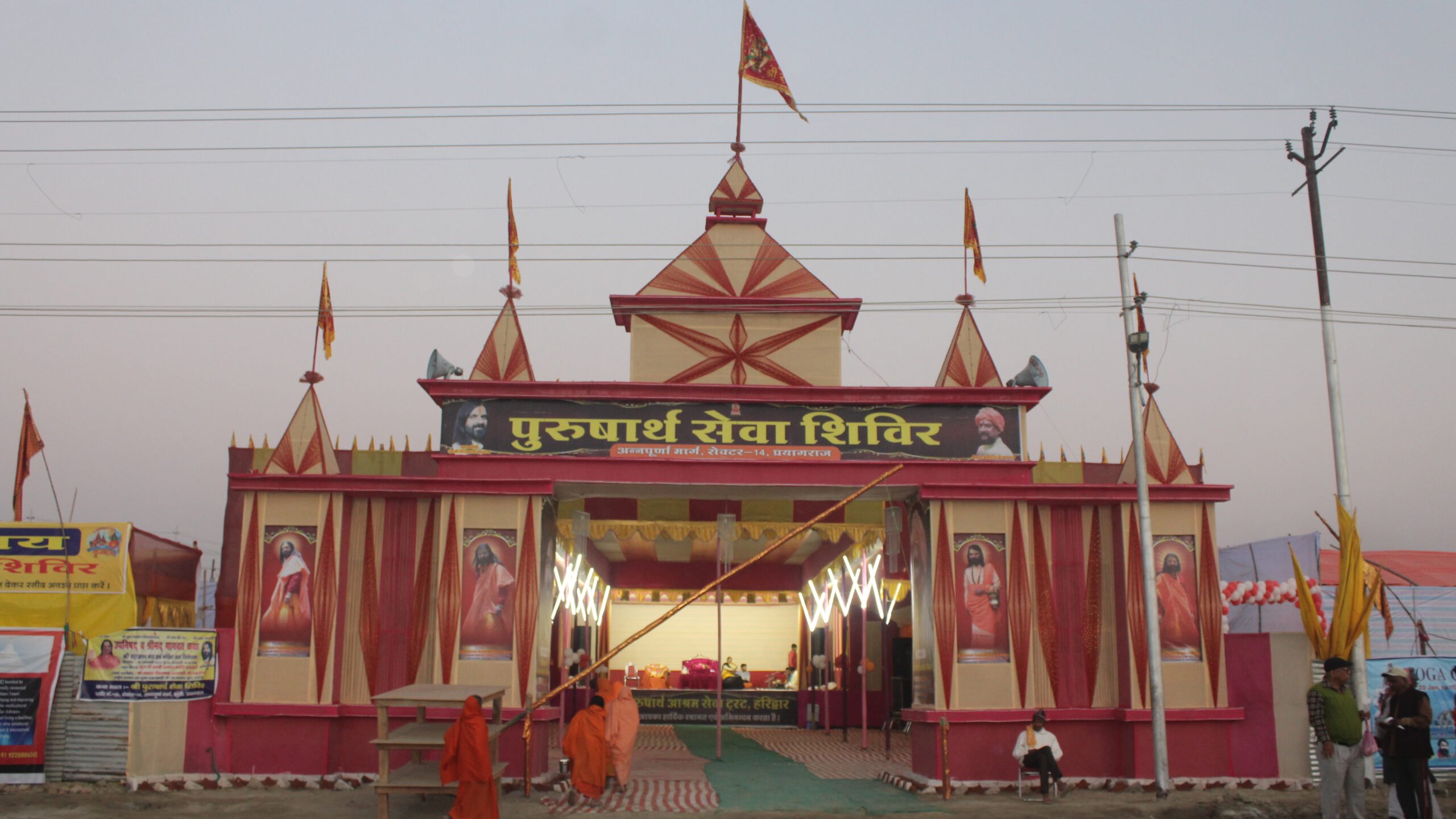
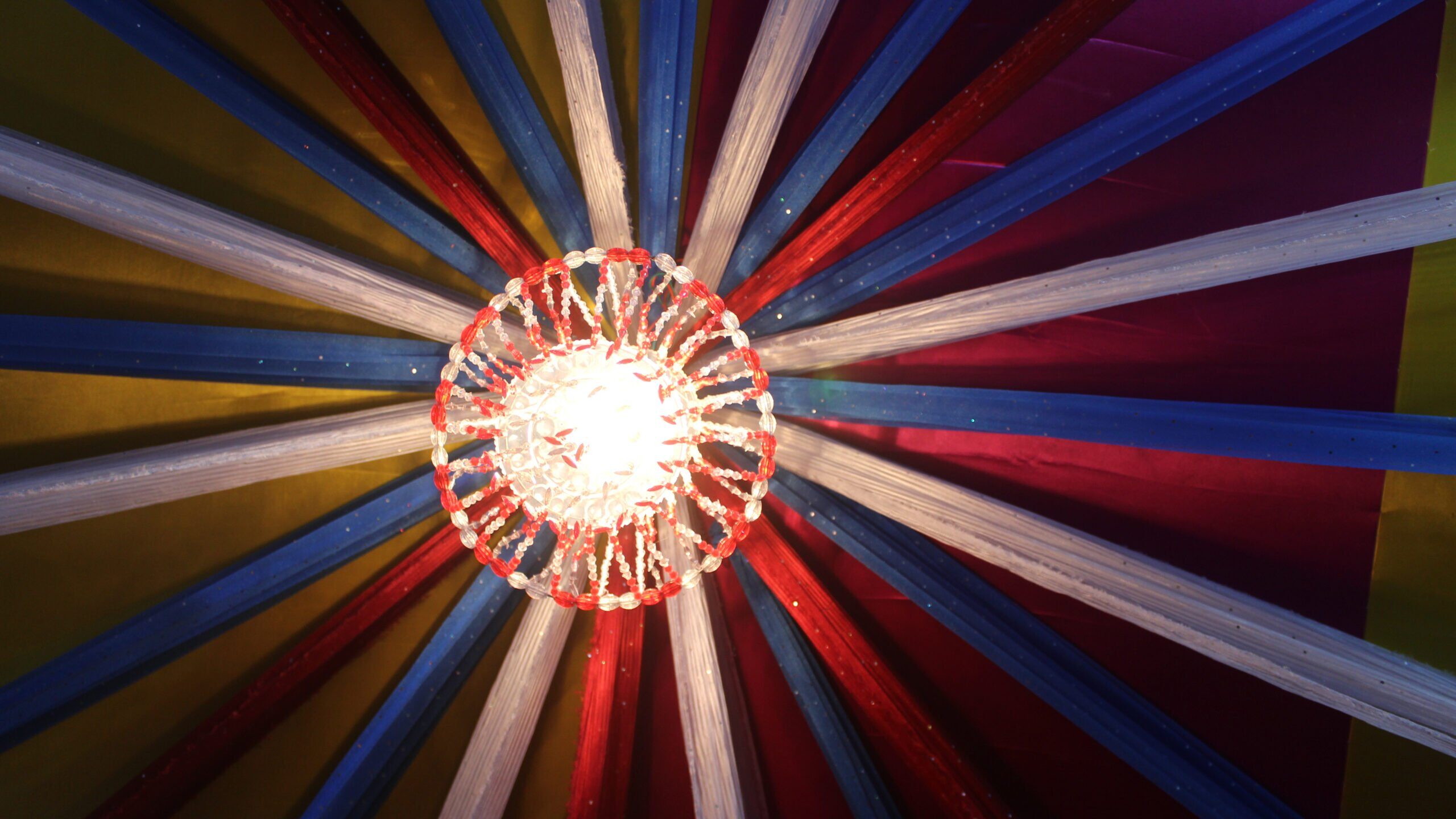
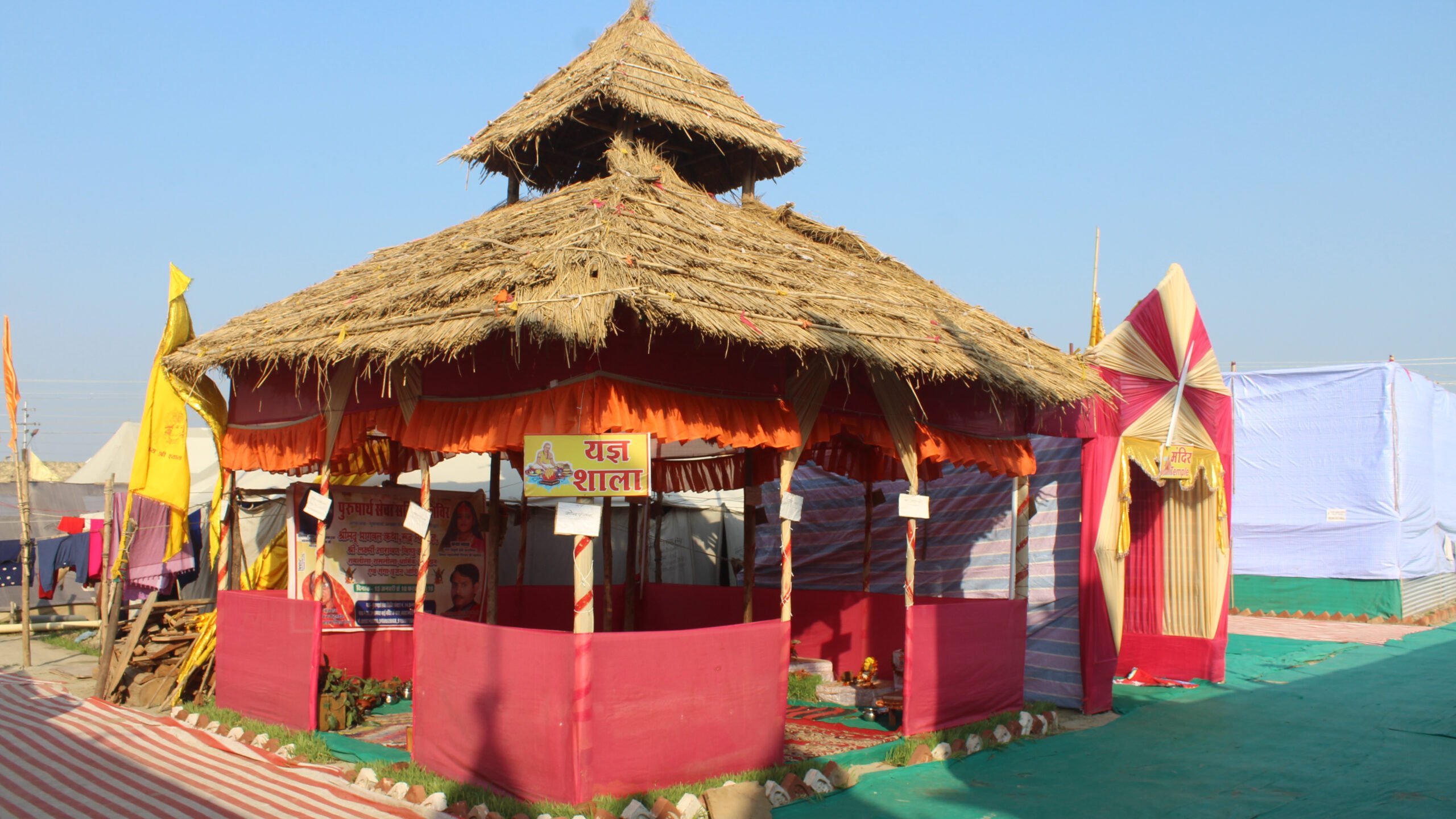
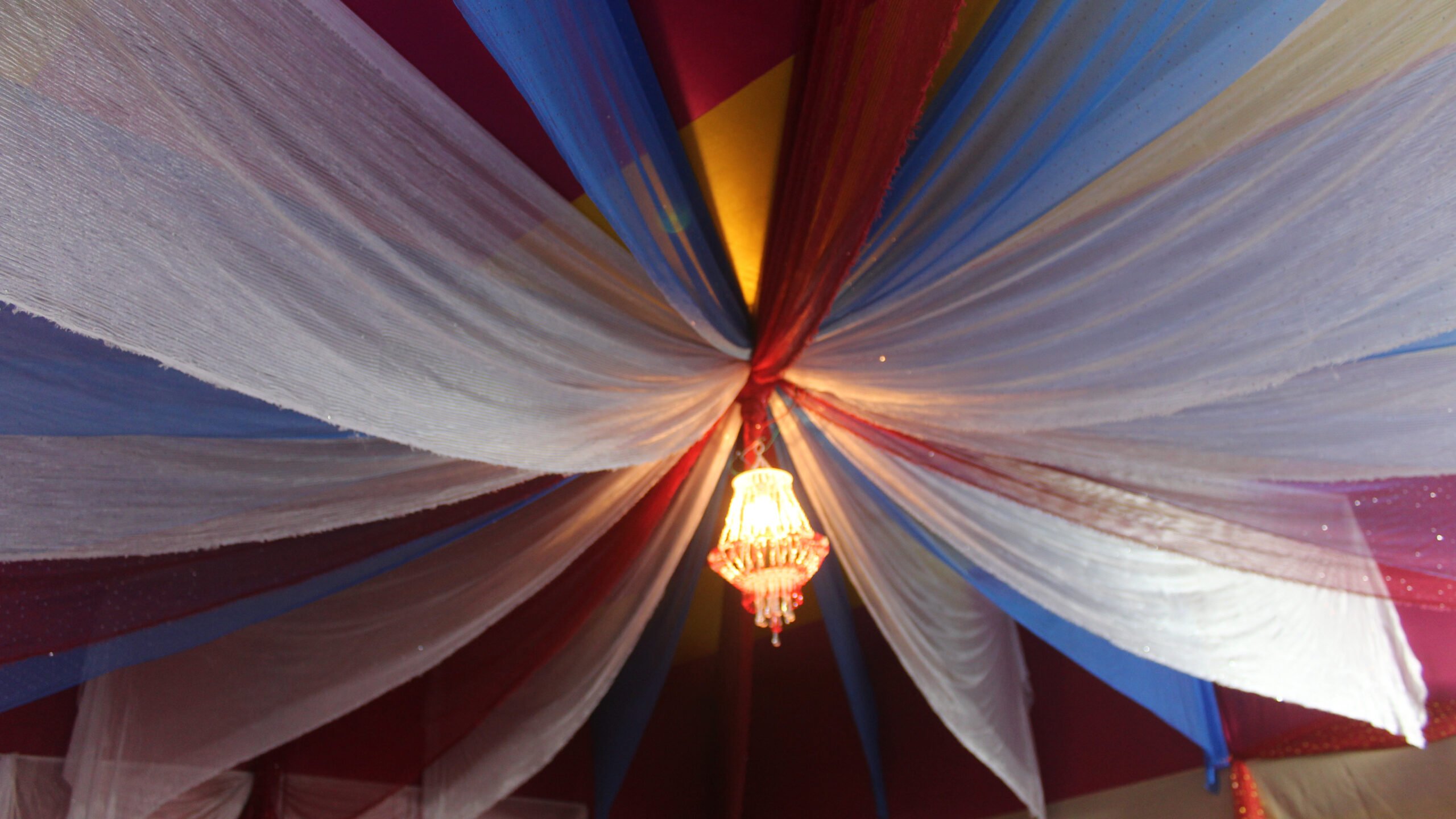
Haridwar
Prayagraj
Prayagraj
Ujjain
Nashik
Prayagraj
Haridwar
Prayagraj
Prayagraj
Ujjain
Nashik
Prayagraj
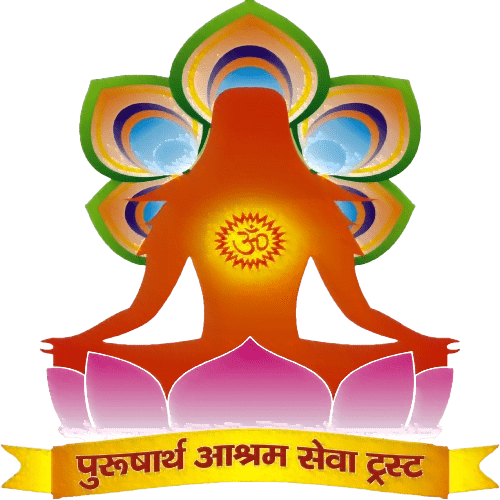
Circulating the message of Srimad Bhagavad Gita “Do Purushartha”
